Home>Home Appliances>Cleaning Appliances>Which Vacuum Cleaner Is Better
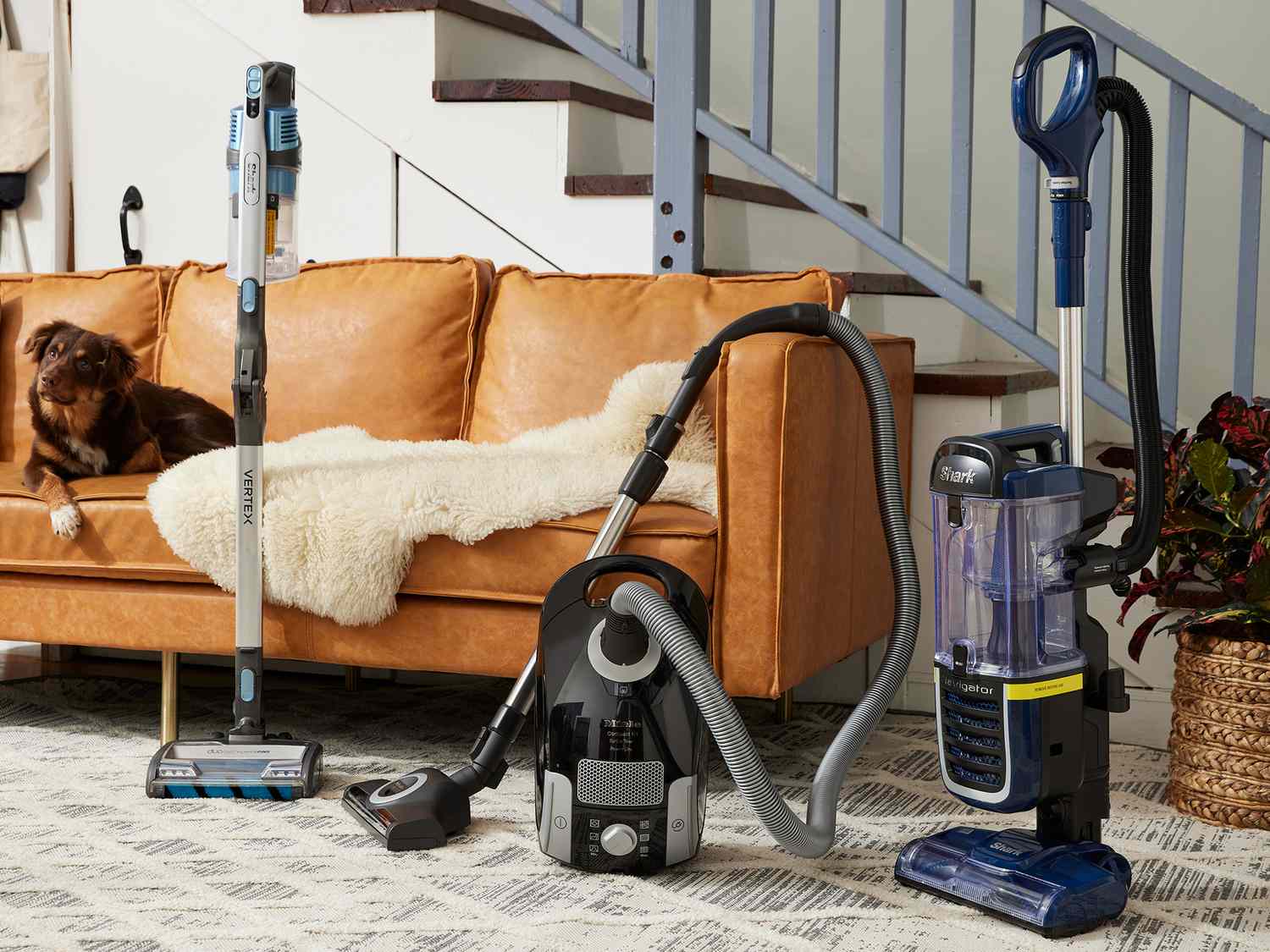

Cleaning Appliances
Which Vacuum Cleaner Is Better
Modified: January 9, 2024
Looking for the best cleaning appliances? Compare and find out which vacuum cleaner is better for your needs. Expert reviews and recommendations to help you make the right choice.
(Many of the links in this article redirect to a specific reviewed product. Your purchase of these products through affiliate links helps to generate commission for Storables.com, at no extra cost. Learn more)
Introduction
When it comes to keeping our homes clean and tidy, a reliable vacuum cleaner is an indispensable tool. With a plethora of options available in the market, choosing the right vacuum cleaner can be a daunting task. From bagged to bagless, upright to canister, corded to cordless, the choices seem endless. Each type of vacuum cleaner comes with its own set of features and benefits, catering to specific cleaning needs and preferences. To make an informed decision, it's essential to understand the differences between these various types of vacuum cleaners and consider factors such as suction power, filtration systems, and additional features.
In this comprehensive guide, we will delve into the world of vacuum cleaners, exploring the pros and cons of bagged and bagless models, the differences between upright and canister designs, and the advantages of corded versus cordless options. We will also discuss the importance of suction power and filtration systems in achieving a thorough clean, as well as highlight additional features that can enhance the overall cleaning experience. By the end of this article, you will be equipped with the knowledge to select the perfect vacuum cleaner that aligns with your cleaning requirements and lifestyle.
Whether you're a meticulous cleaner who craves powerful suction and advanced filtration or a busy individual seeking convenience and versatility, understanding the nuances of vacuum cleaners will empower you to make a well-informed choice. Let's embark on this journey to unravel the world of vacuum cleaners and discover which type best suits your cleaning needs.
Key Takeaways:
- Bagged vacuum cleaners are great for trapping allergens and maintaining suction power, but require ongoing bag purchases. Bagless models offer cost savings and visual debris monitoring, but may expose users to dust.
- Upright vacuums are ideal for large carpeted areas, while canister vacuums offer versatility for hard flooring and tight spaces. Corded vacuums provide sustained power, while cordless models offer unrestricted mobility.
Read more: Which Is The Best Canister Vacuum Cleaner
Bagged vs. Bagless Vacuum Cleaners
One of the primary considerations when choosing a vacuum cleaner is whether to opt for a bagged or bagless model. Each type has its own set of advantages and drawbacks, catering to different cleaning preferences and maintenance requirements.
- Bagged Vacuum Cleaners: These traditional vacuum cleaners utilize disposable bags to collect dirt and debris. The bags are designed to trap dust and allergens effectively, making them an ideal choice for individuals with allergies or respiratory sensitivities. Additionally, bagged vacuum cleaners tend to maintain better suction power as the bag fills up, ensuring consistent cleaning performance throughout use. When it comes to emptying the collected debris, bagged models offer a more hygienic solution, as the entire bag can be disposed of without releasing dust back into the air. However, the ongoing cost of purchasing replacement bags should be factored into the long-term ownership expenses.
- Bagless Vacuum Cleaners: In contrast, bagless vacuum cleaners feature transparent dust canisters that collect dirt and debris, eliminating the need for disposable bags. This design allows users to easily monitor the level of collected debris and empty the canister as needed. From a cost-saving perspective, bagless models eliminate the recurring expense of purchasing replacement bags, contributing to long-term savings. Furthermore, the transparent canister provides a visual cue when it’s time to empty the container, ensuring optimal cleaning efficiency. However, the process of emptying the canister may expose users to dust and allergens, requiring caution for individuals with respiratory sensitivities.
When deciding between bagged and bagless vacuum cleaners, it’s essential to consider factors such as allergen containment, ongoing maintenance costs, and the convenience of debris disposal. Whether you prioritize superior allergen control and consistent suction power or value the cost-efficiency and visual monitoring of debris accumulation, weighing these factors will guide you toward the most suitable option for your cleaning needs.
Upright vs. Canister Vacuum Cleaners
Another crucial decision to make when selecting a vacuum cleaner is choosing between an upright or canister model. Both designs offer distinct advantages and are tailored to different cleaning preferences and household layouts.
- Upright Vacuum Cleaners: Known for their user-friendly design, upright vacuum cleaners are particularly well-suited for cleaning large carpeted areas. Their all-in-one construction integrates the vacuum head, motor, and dust collection system into a single unit, allowing for effortless maneuverability and efficient carpet cleaning. Upright models often come equipped with motorized brush rolls, which excel at dislodging embedded dirt and pet hair from carpets. Additionally, many upright vacuums feature adjustable height settings to accommodate various carpet pile depths, ensuring thorough cleaning across different surfaces.
- Canister Vacuum Cleaners: In contrast, canister vacuum cleaners consist of a separate canister unit connected to the vacuum head by a flexible hose. This configuration offers exceptional versatility, making it easier to clean underneath furniture, on stairs, and in tight spaces. Canister models are particularly effective for hard flooring, as the maneuverability of the canister unit allows for seamless navigation around obstacles and tight corners. Furthermore, the lightweight design of the canister unit reduces strain on the user, enhancing overall comfort during cleaning tasks.
When deciding between an upright and canister vacuum cleaner, it’s essential to consider the layout of your home, the predominant flooring surfaces, and your cleaning preferences. If you have extensive carpeted areas and prioritize ease of use and powerful carpet cleaning performance, an upright vacuum may be the ideal choice. Conversely, if your home features a combination of hard flooring and carpeting, and you value maneuverability and versatility in reaching tight spaces, a canister vacuum might better suit your needs.
By aligning the features and benefits of each design with your specific cleaning requirements, you can confidently select the vacuum cleaner that complements your home’s layout and optimizes your cleaning experience.
Corded vs. Cordless Vacuum Cleaners
When considering the purchase of a vacuum cleaner, the choice between corded and cordless models is a pivotal factor that directly impacts convenience, flexibility, and cleaning efficiency. Understanding the distinct characteristics of each type is essential in selecting the most suitable option for your cleaning needs.
- Corded Vacuum Cleaners: Renowned for their consistent and uninterrupted power supply, corded vacuum cleaners are ideal for deep cleaning and extended cleaning sessions. The continuous power source ensures sustained suction strength, making them particularly effective for tackling stubborn dirt and deep-seated debris. Additionally, corded models eliminate the need to recharge or replace batteries, providing uninterrupted cleaning performance throughout the task. However, the presence of a power cord limits the range of mobility and may require frequent unplugging and re-plugging when transitioning between rooms or levels.
- Cordless Vacuum Cleaners: Offering unparalleled freedom of movement and versatility, cordless vacuum cleaners are powered by rechargeable batteries, allowing users to clean without the constraints of power cords. This design facilitates effortless navigation around furniture, tight spaces, and multiple levels of the home. Cordless models are particularly advantageous for quick and convenient cleaning tasks, offering grab-and-go functionality without the need to locate power outlets. However, it’s essential to consider the battery runtime and recharge duration, as prolonged cleaning sessions may necessitate interim recharging, potentially interrupting the cleaning process.
When deciding between corded and cordless vacuum cleaners, it’s crucial to evaluate your cleaning habits, the size of your living space, and the balance between sustained power and unrestricted mobility. If you prioritize powerful and uninterrupted suction for thorough cleaning sessions and have ample access to power outlets, a corded vacuum cleaner may be the optimal choice. Conversely, if you value flexibility, maneuverability, and the convenience of cord-free cleaning, a cordless vacuum cleaner may better align with your cleaning preferences.
By considering the trade-offs between power supply, mobility, and cleaning duration, you can make an informed decision that harmonizes with your lifestyle and enhances your overall cleaning experience.
When comparing vacuum cleaners, consider factors such as suction power, filtration system, maneuverability, and additional features like attachments and cord length to determine which one is better suited for your needs.
Suction Power and Filtration Systems
When evaluating vacuum cleaners, two critical elements that significantly impact cleaning performance and indoor air quality are suction power and filtration systems. Understanding the interplay between these factors is essential in selecting a vacuum cleaner that delivers optimal cleaning efficacy and allergen containment.
Suction Power: The suction power of a vacuum cleaner determines its ability to lift dirt, debris, and allergens from various surfaces. High suction power is particularly crucial for deep cleaning carpets, extracting embedded particles, and ensuring thorough removal of pet hair and dander. When assessing suction power, it’s essential to consider the vacuum’s motor strength, airflow design, and brush roll efficiency. Additionally, adjustable suction settings can enhance versatility, allowing users to optimize cleaning performance based on different surface types and cleaning requirements.
Filtration Systems: Effective filtration systems play a pivotal role in capturing fine dust particles, allergens, and microscopic pollutants, thereby improving indoor air quality and minimizing allergen dispersion during cleaning. Advanced filtration technologies, such as HEPA (High-Efficiency Particulate Air) filters, excel at trapping tiny particles, making them an ideal choice for individuals with allergies or asthma. Additionally, sealed filtration systems prevent captured particles from escaping back into the air, ensuring that the expelled air is cleaner and healthier. Some vacuum cleaners feature multi-stage filtration, incorporating pre-filters, HEPA filters, and post-motor filters to comprehensively capture and contain airborne particles.
When selecting a vacuum cleaner, prioritizing robust suction power and advanced filtration systems can significantly elevate cleaning effectiveness and contribute to a healthier indoor environment. Whether you require powerful suction for deep cleaning or seek superior allergen containment for respiratory wellness, aligning these features with your cleaning priorities will guide you toward a vacuum cleaner that meets your specific needs.
Read more: Which Henry Vacuum Cleaner Is Best
Additional Features to Consider
While the fundamental cleaning capabilities of a vacuum cleaner are paramount, considering additional features can further enhance the overall cleaning experience, convenience, and versatility. By evaluating these supplementary attributes, you can pinpoint a vacuum cleaner that aligns with your unique cleaning requirements and lifestyle.
Attachments and Accessories: The availability of diverse attachments and accessories can expand the functionality of a vacuum cleaner, allowing for targeted cleaning of specific surfaces, crevices, and upholstery. Attachments such as crevice tools, dusting brushes, and upholstery nozzles facilitate comprehensive cleaning of various areas within the home, including baseboards, curtains, and furniture.
Adjustable Height Settings: Vacuum cleaners equipped with adjustable height settings are adaptable to different carpet pile depths, ensuring optimal cleaning performance across various carpeted surfaces. This feature is particularly beneficial for homes with a mix of carpeting styles and pile heights.
Maneuverability and Swivel Steering: Enhanced maneuverability, facilitated by swivel steering and multidirectional wheels, enables seamless navigation around furniture and tight spaces. This feature is advantageous for efficient cleaning in cluttered areas and around obstacles.
Smart Technology and Connectivity: Some modern vacuum cleaners incorporate smart features, such as WiFi connectivity and companion mobile apps, offering remote control, cleaning scheduling, and performance monitoring. These advanced capabilities cater to tech-savvy users seeking automated cleaning solutions and seamless integration with smart home ecosystems.
Noise Reduction Technology: Vacuum cleaners equipped with noise reduction technology minimize operational noise, providing a quieter cleaning experience without compromising cleaning power. This feature is particularly beneficial for maintaining a peaceful home environment during cleaning sessions.
By evaluating these additional features in conjunction with the core cleaning functionality, you can pinpoint a vacuum cleaner that not only excels in dirt and debris removal but also offers enhanced versatility, convenience, and user-friendly attributes. Tailoring your selection to encompass these supplementary features ensures that your chosen vacuum cleaner harmonizes with your cleaning preferences and elevates the overall cleaning experience.
Conclusion
Choosing the right vacuum cleaner is a pivotal decision that directly impacts the cleanliness of your home, indoor air quality, and overall cleaning experience. By navigating the diverse landscape of vacuum cleaner options and understanding the nuances of bagged versus bagless models, upright versus canister designs, and corded versus cordless functionalities, you can pinpoint a vacuum cleaner that aligns with your unique cleaning needs and lifestyle.
When deliberating between bagged and bagless vacuum cleaners, consider factors such as allergen containment, ongoing maintenance costs, and the convenience of debris disposal. Whether you prioritize superior allergen control and consistent suction power or value the cost-efficiency and visual monitoring of debris accumulation, weighing these factors will guide you toward the most suitable option for your cleaning needs.
Similarly, when evaluating upright versus canister vacuum cleaners, take into account the layout of your home, the predominant flooring surfaces, and your cleaning preferences. By aligning the features and benefits of each design with your specific cleaning requirements, you can confidently select the vacuum cleaner that complements your home’s layout and optimizes your cleaning experience.
Furthermore, the choice between corded and cordless vacuum cleaners hinges on your cleaning habits, the size of your living space, and the balance between sustained power and unrestricted mobility. Whether you prioritize powerful and uninterrupted suction for thorough cleaning sessions or value flexibility, maneuverability, and the convenience of cord-free cleaning, a thoughtful consideration of these factors will lead you to the most suitable option.
Lastly, by prioritizing robust suction power, advanced filtration systems, and additional features such as versatile attachments, adjustable height settings, and smart technology, you can identify a vacuum cleaner that not only excels in dirt and debris removal but also offers enhanced versatility, convenience, and user-friendly attributes.
With a comprehensive understanding of the various types of vacuum cleaners and their distinct features, you are empowered to make an informed decision that elevates the cleanliness of your home and enhances your overall cleaning experience. Whether you seek powerful suction for deep cleaning, superior allergen containment for respiratory wellness, or advanced features for enhanced convenience, the perfect vacuum cleaner awaits to meet your unique cleaning needs.
Frequently Asked Questions about Which Vacuum Cleaner Is Better
Was this page helpful?
At Storables.com, we guarantee accurate and reliable information. Our content, validated by Expert Board Contributors, is crafted following stringent Editorial Policies. We're committed to providing you with well-researched, expert-backed insights for all your informational needs.
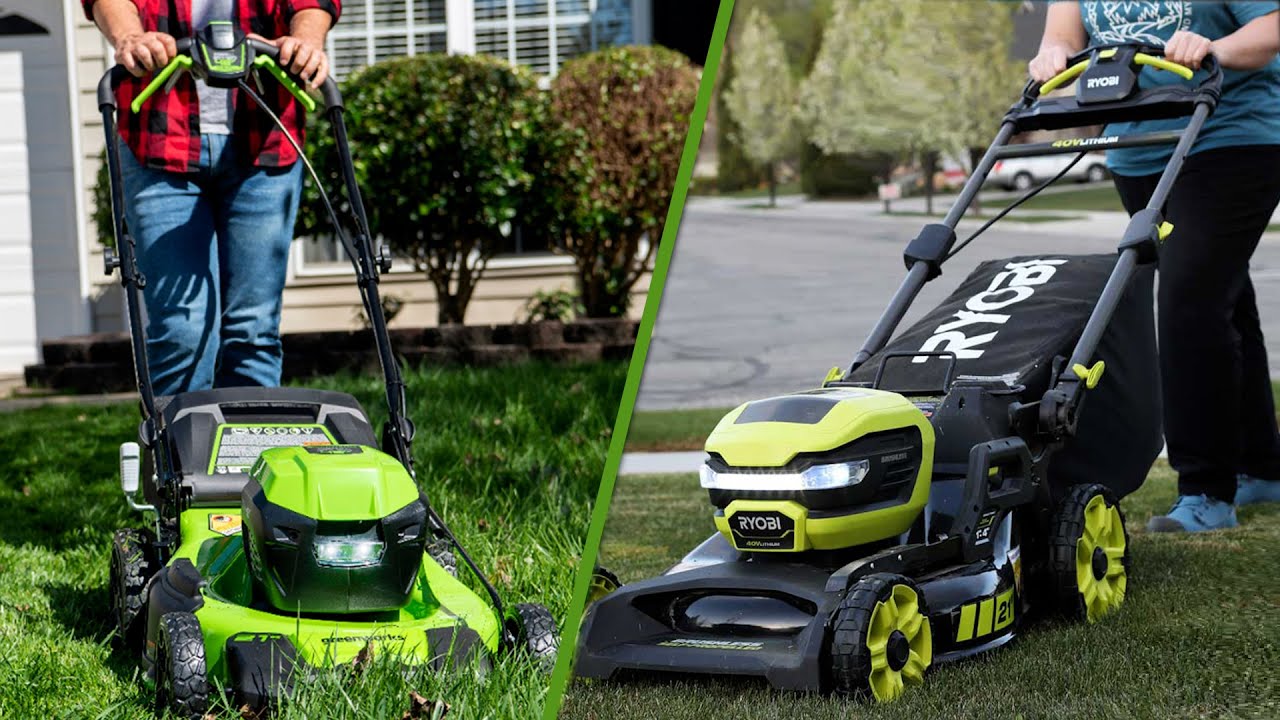
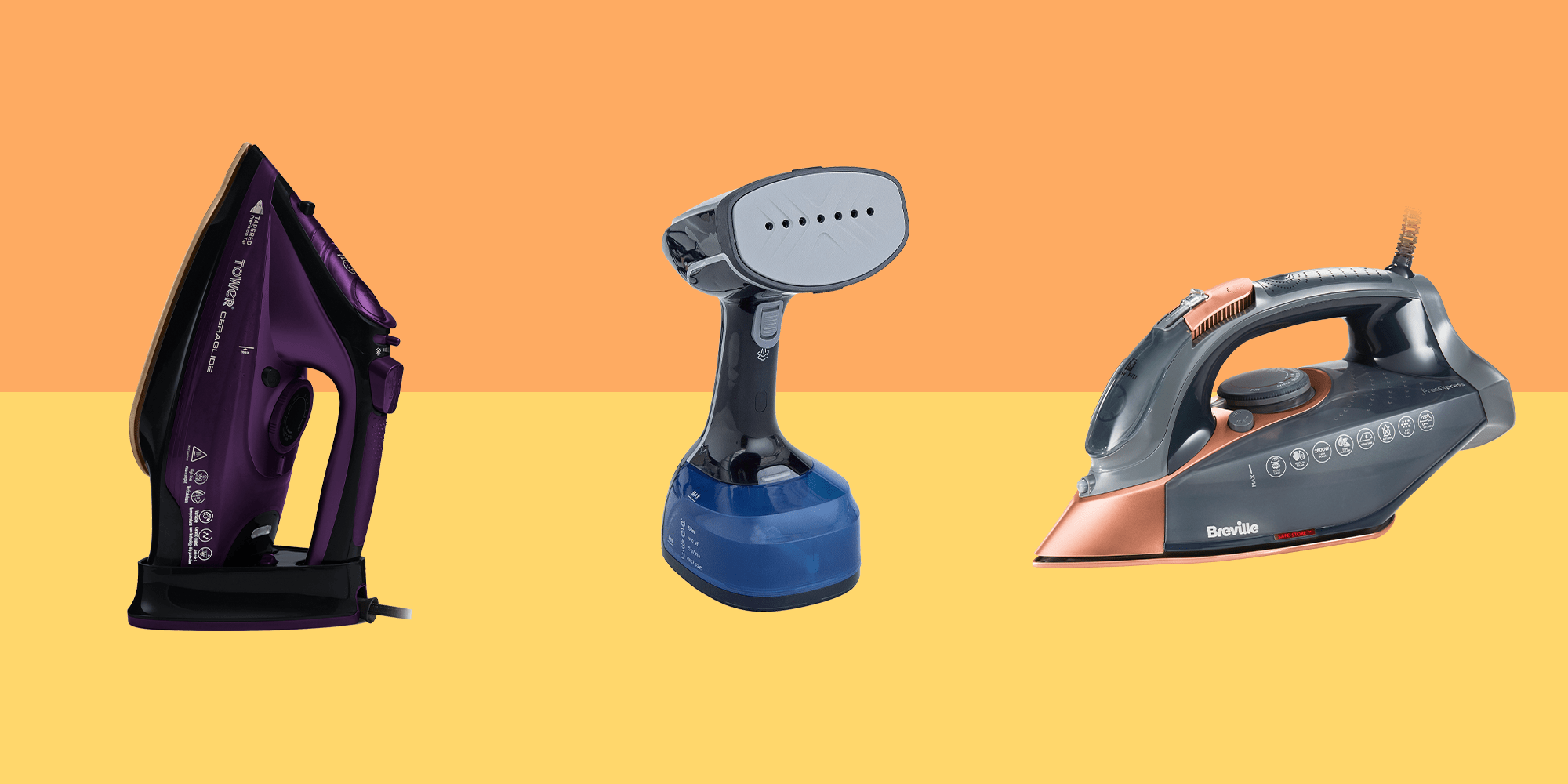
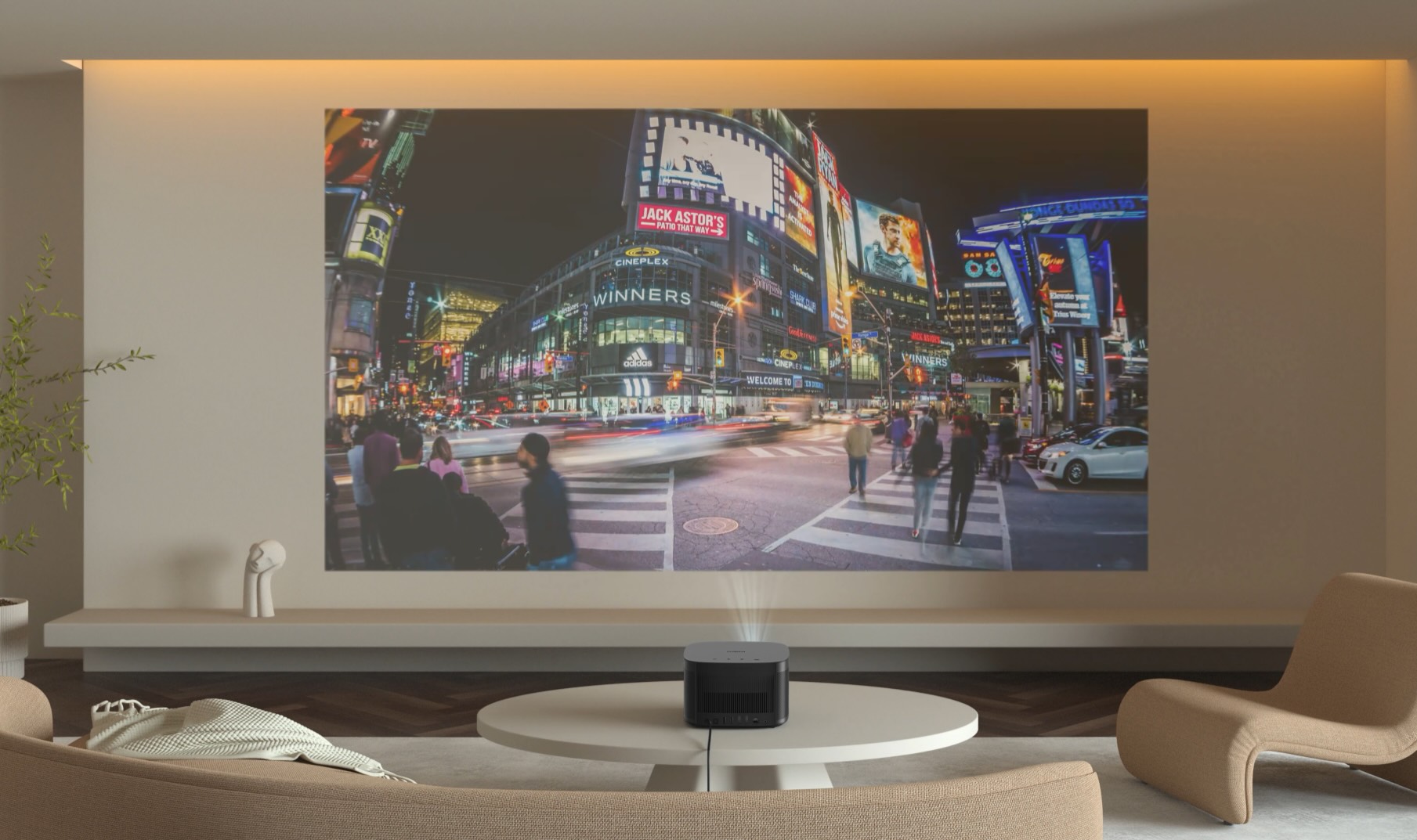
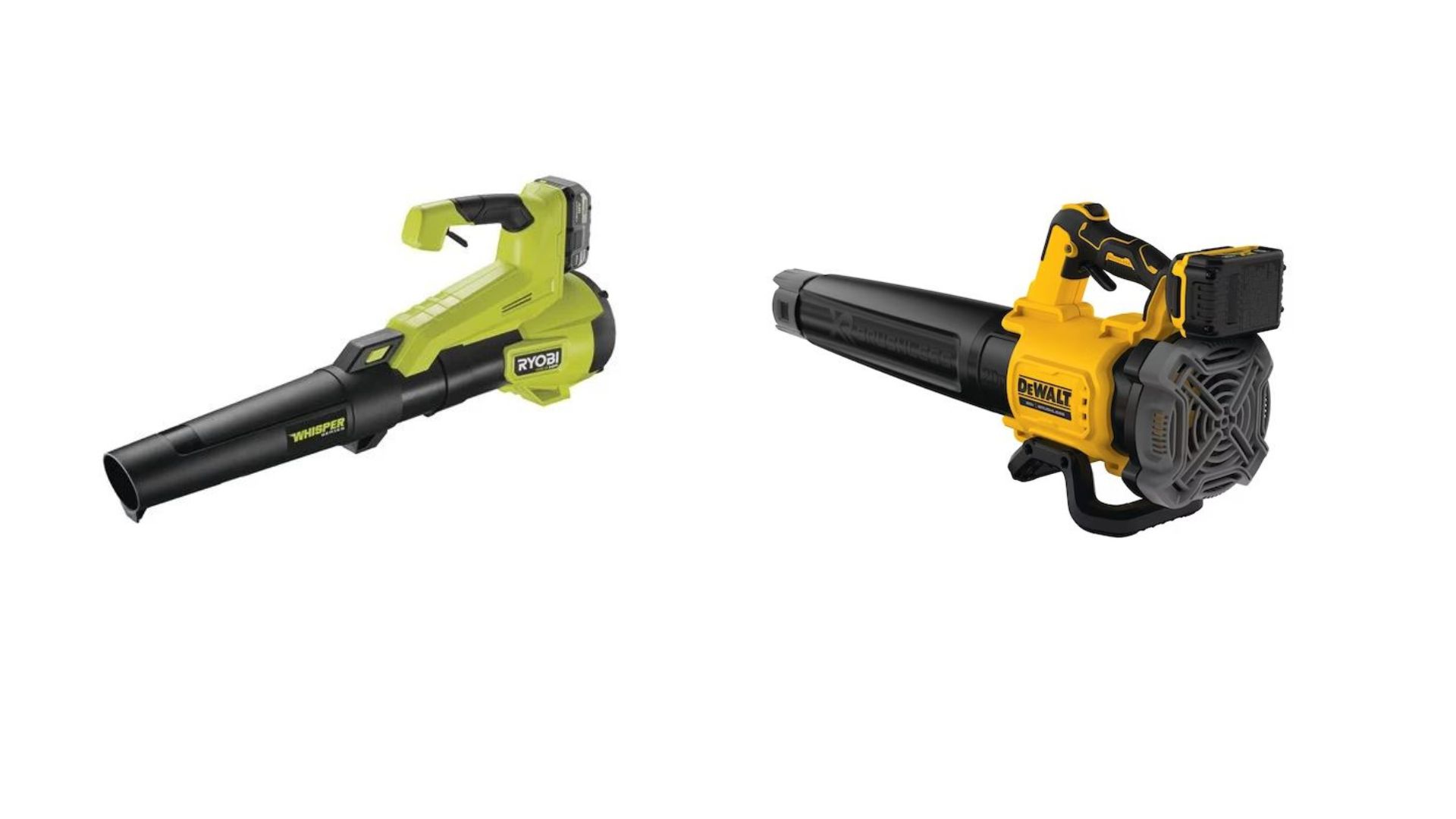
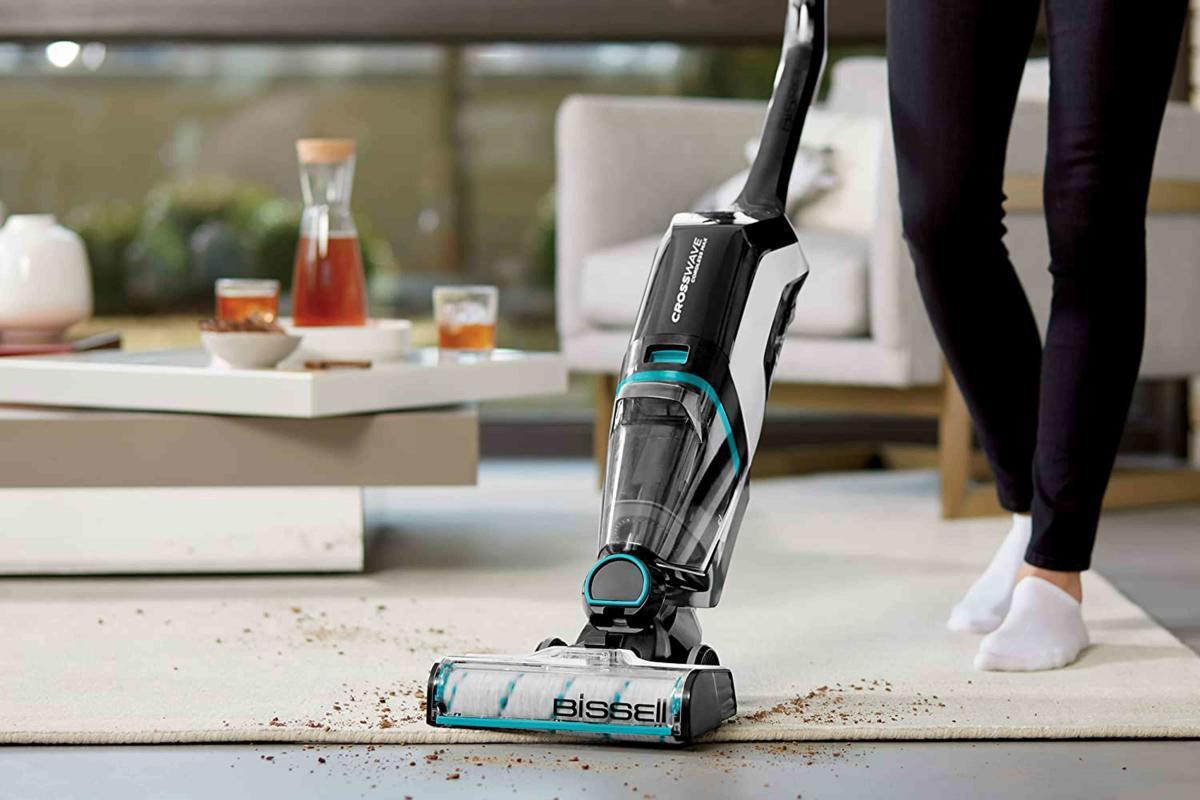
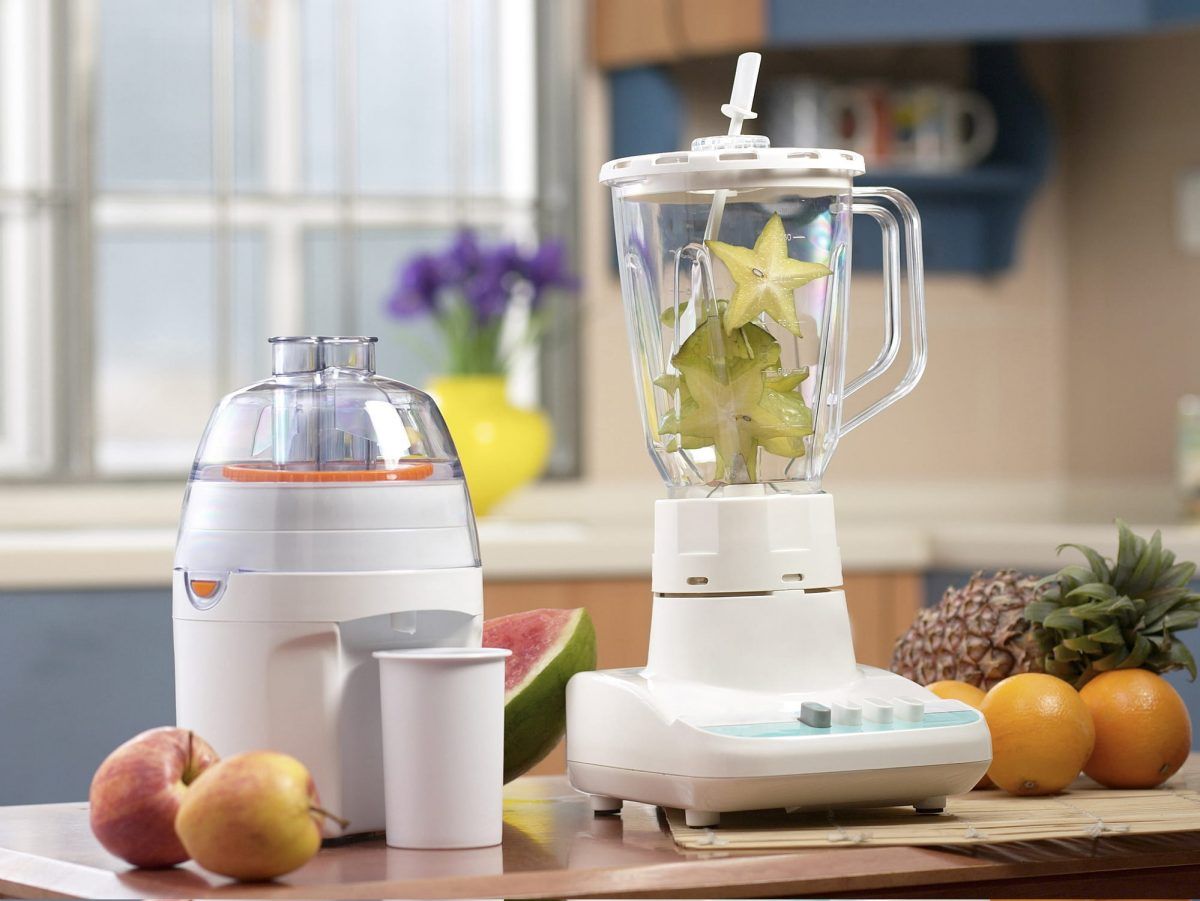
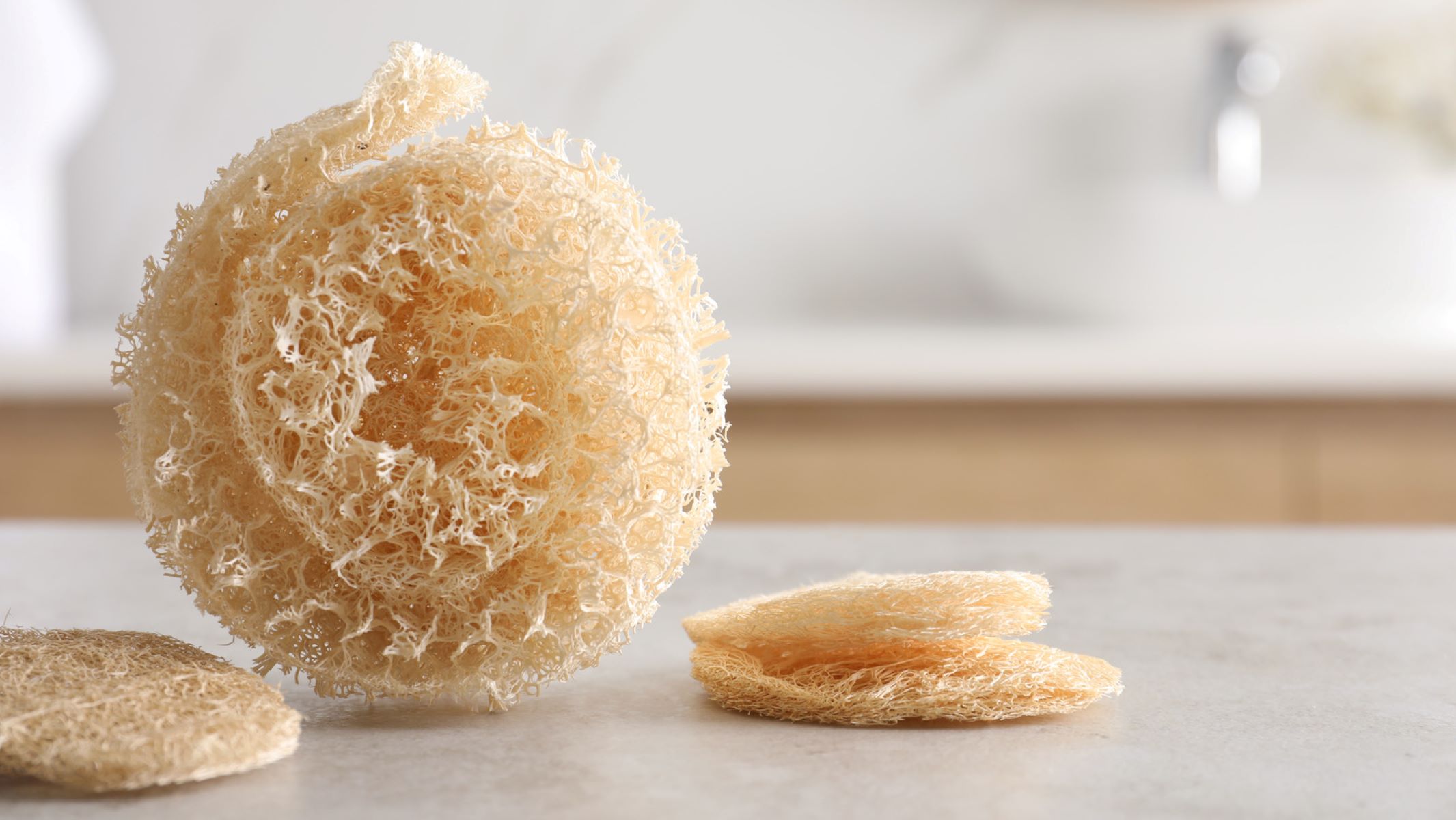
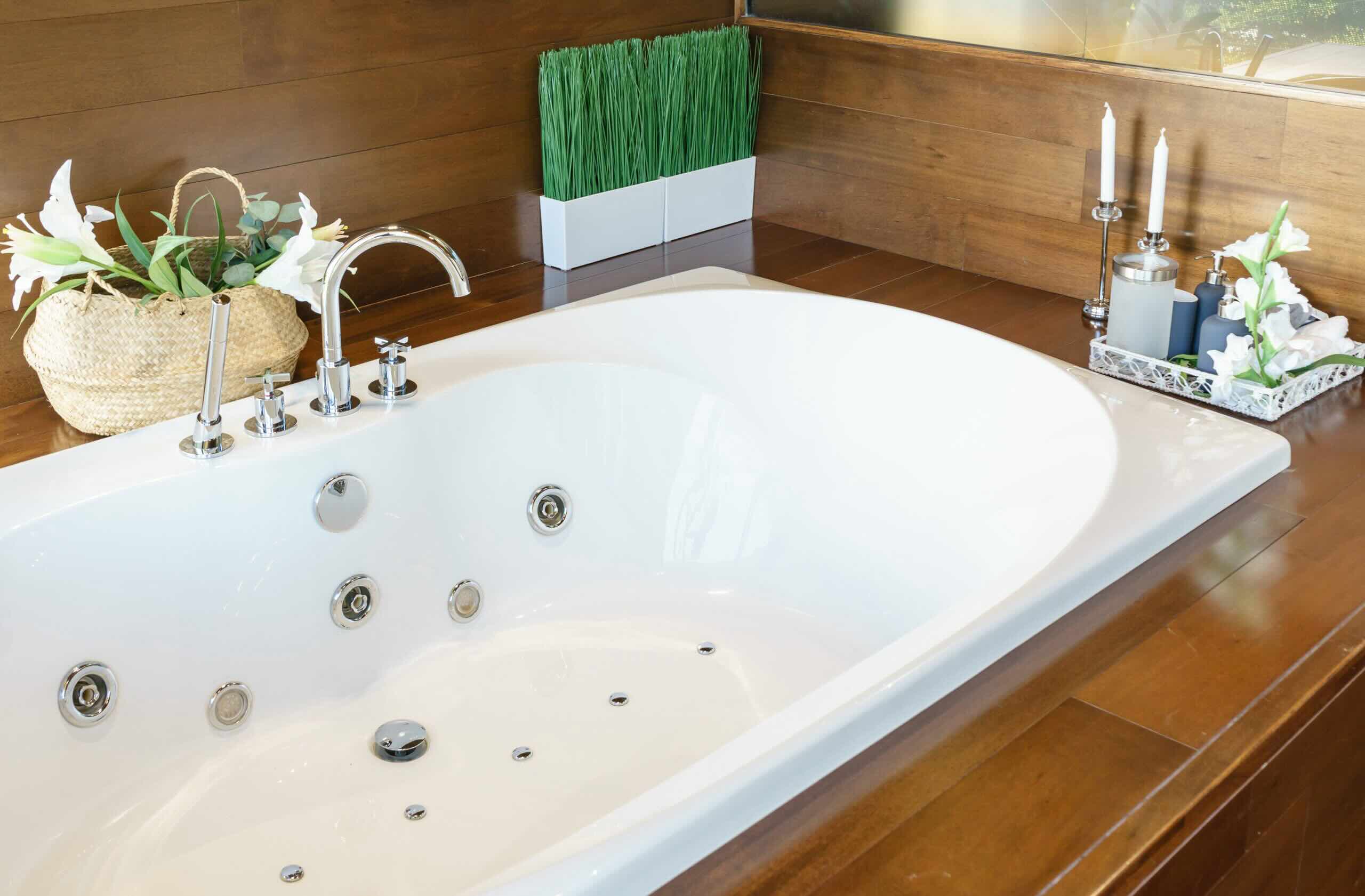
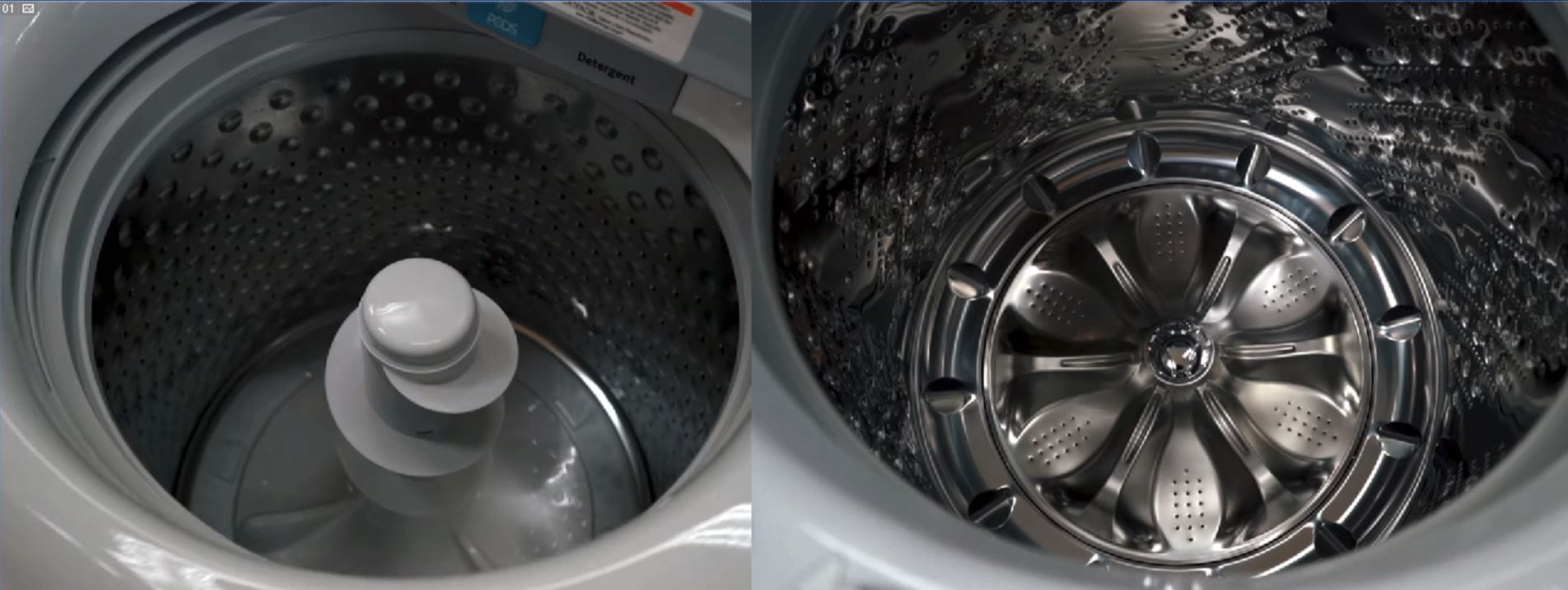

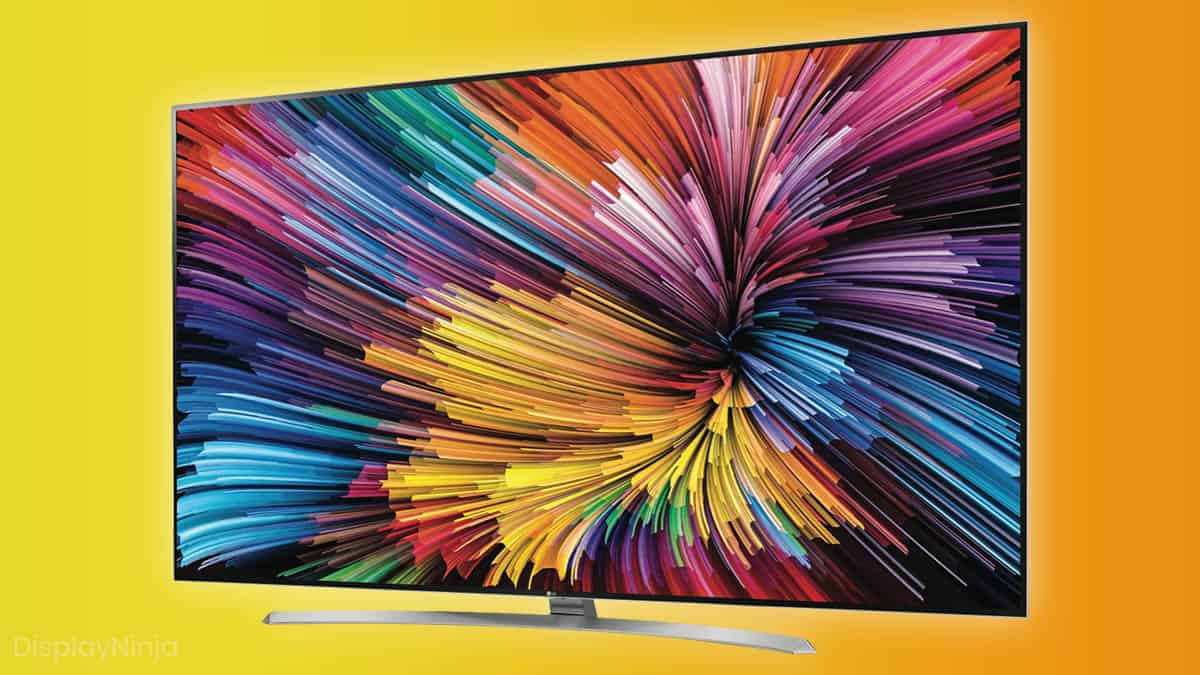

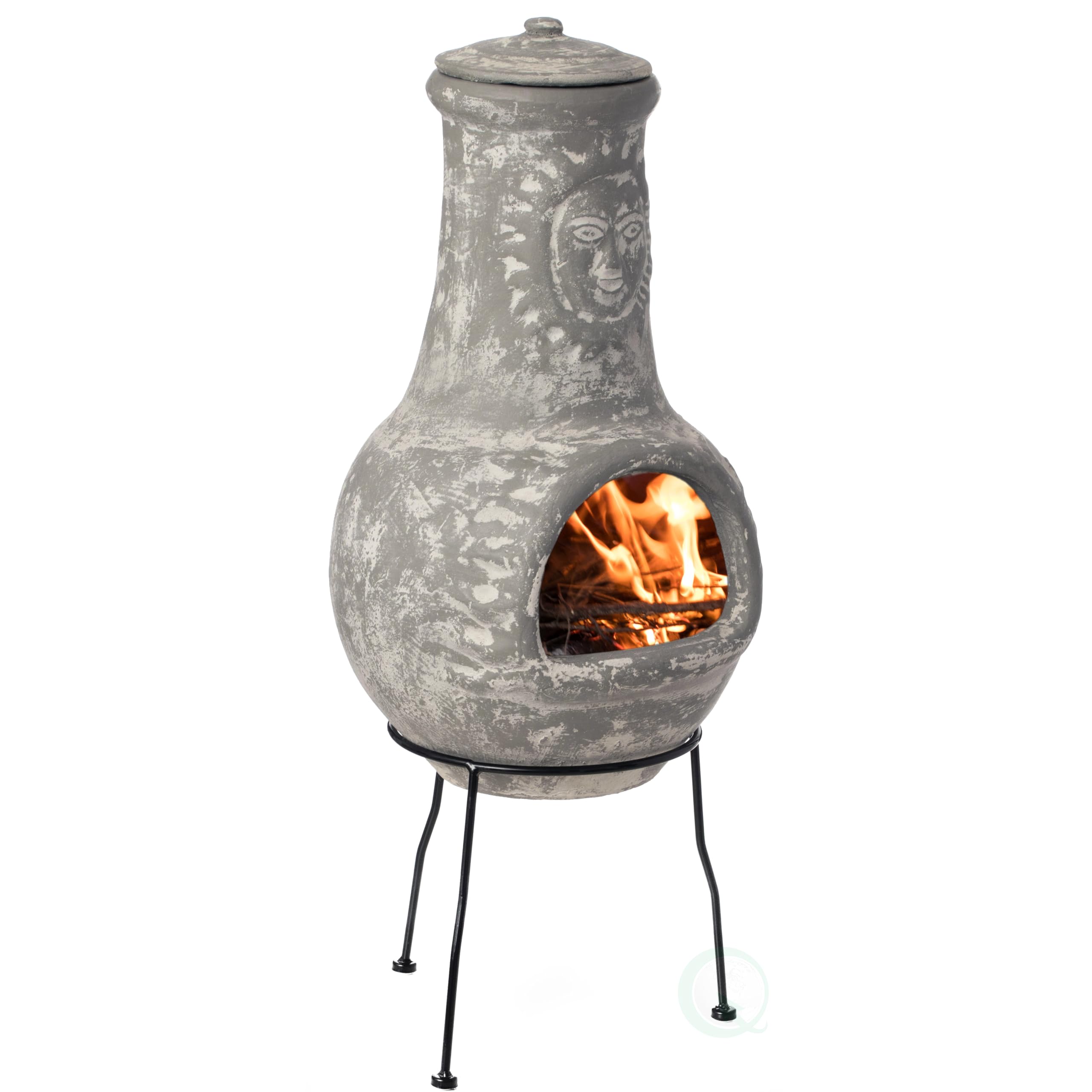
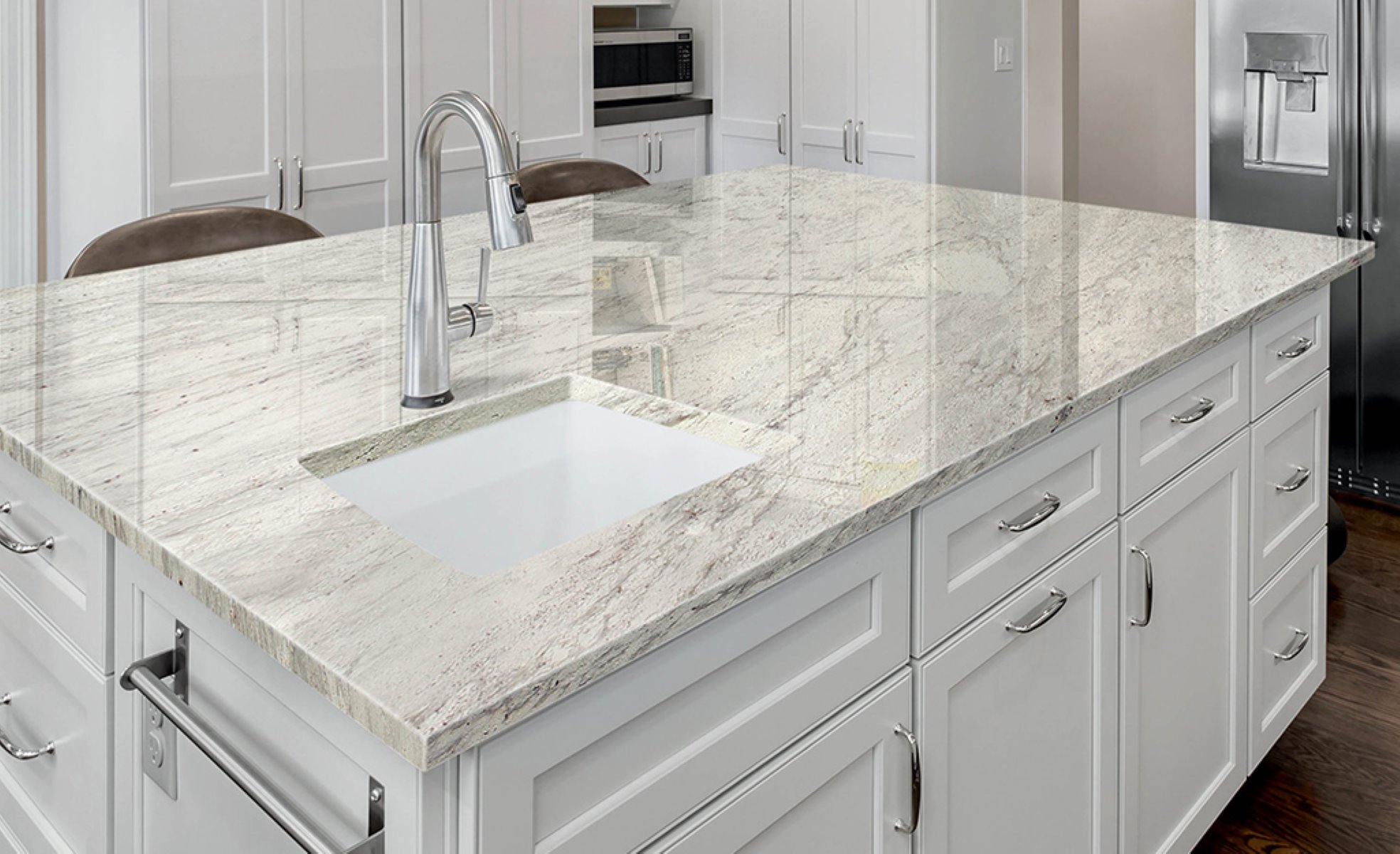

0 thoughts on “Which Vacuum Cleaner Is Better”